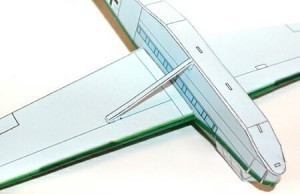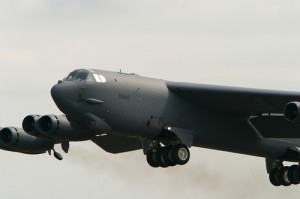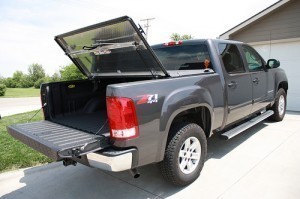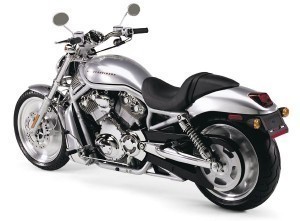Glider Wing Dimensions
Also referred to as a sailplane, a glider is a special kind of aircraft designed  primarily for the sport called gliding. It is classified into various types, the most popular of which include the paragliders, hang gliders and motor gliders. Aside from recreation, it also serves other important functions including for research and military applications. Moreover, there are other interesting things to find out about it including the different glider wing dimensions.
primarily for the sport called gliding. It is classified into various types, the most popular of which include the paragliders, hang gliders and motor gliders. Aside from recreation, it also serves other important functions including for research and military applications. Moreover, there are other interesting things to find out about it including the different glider wing dimensions.
The Dimensions of a Glider Wing
The wings of gliders vary in size depending on the competition class. The FAI or Federation Aeronautique Internationale has set these standards. Likewise, this international body is also responsible for governing the world records in astronautics, aeronautics as well as other air sports.
A standard-class glider comes with a 15-meter wingspan, with water ballast and no flaps. Under the 15-meter class, a glider must have a 15-meter wingspan with water ballast and flaps. For the 18-meter class, it must possess a wingspan of no more than 18 meters, with water ballast and flaps. For the open class, the wingspan is not limited as long as the glider does not exceed the maximum weight of 850 kilograms.
Aside from these basic types of gliders, there is also the two-seater class. It is commonly referred to as the Doppelsitzer, which is actually its German name. The maximum wingspan for this particular class is 20 meters. For the ultra-light class, any glider is allowed as long as it does not go beyond the 220-kilogram limit.
Additional Facts and Other Interesting Details
Gliding is a sport that is highly popular in Germany as well as in many other countries. The top German manufacturers of high quality gliders are Alexander Schleicher GmbH & Co., Schempp-Hirth GmbH and DG Flugzeugbau GmbH. Aside from Germany, other manufacturers can also be found in different eastern European countries such as Poland.
A majority of gliders do not need engines although some requires at least one to operate, such as the case of motor gliders. Sailplanes or gliders can be launched using two common methods, which are either by winch or by aerotow. Because of their low long wings, gliders commonly create a high ground effect.
To make things very convenient, gliders are equipped with a number of different technical aids and instruments. The most basic items include the airspeed indicator, compass and altimeter. Additionally, you can also find other items such as an airband radio, a turn and bank indicator as well as a variometer in many gliders. In case of accidents, the time for search and rescue can be reduced significantly with the help of an Emergency Position-Indicating Radio Beacon.





